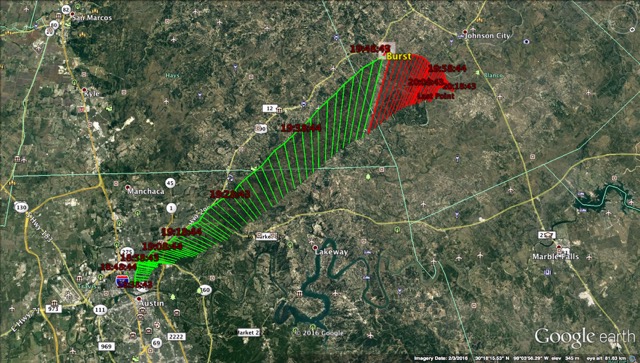Interested in serving children and families? Interested in a cost-free Master of Ed. Degree? Interested in increasing your chance of acceptance to medical, business, or law school? In spiritual, academic, and professional growth? Lead the Change by becoming an ACE teacher through University of Notre Dame’s Teaching Fellow Program! Our program will be here on campus on Thursday (Sept. 1) and Friday (Sept. 2) of next week looking for outstanding St. Edward’s students.
In the University of Notre Dame’s Alliance for Catholic Education (ACE) Teaching Fellows program, passionate college graduates serve children and families as teachers in under-resourced Catholic schools, grow as leaders while earning a cost-free Masters, and joyfully share their faith in the communities in which they live and work.
Erin Rosario, a graduate from the program, will be here on campus to speak with anyone interested! Erin was a Pre-Med and Psychology major who taught middle school math and science in Oklahoma City, where she grew spiritually and professionally while living in community with five other ACE teachers. A typical day in ACE involves teaching during the day, coaching or tutoring in the afternoon, cooking, eating and praying with your community over dinner, and completing your M.Ed coursework– all in the name of service to God and to our eternal role model, Christ the Teacher.
If you’re interested in transforming the lives of children by becoming a teacher, while being transformed yourself, please see when/where Erin will be when she’s on campus. Stop by to see her!









